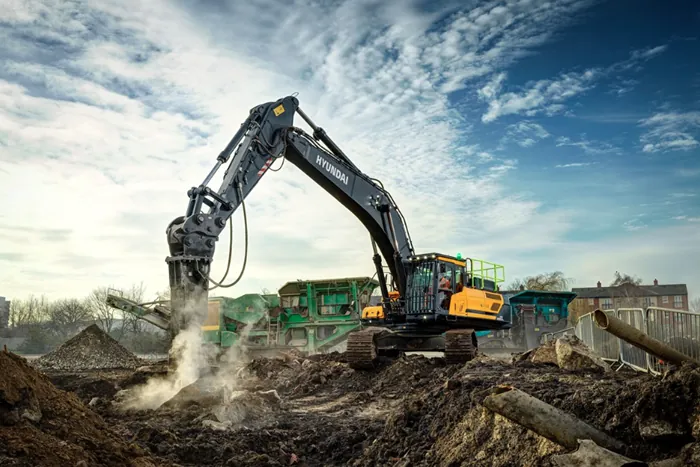Maximizing Heavy Equipment Efficiency: Optimizing Belts and Pulleys for Superior Performance

Increasing the efficiency of Heavy Equipment using Belts and Pulleys involves optimizing several factors, including design, material selection, maintenance, and operational practices. Here's how you can achieve higher efficiency:
1. Optimal Design and Sizing
Correct Sizing of Belts and Pulleys: Ensure that the belts and pulleys are correctly sized for the load they are meant to carry. Oversized or undersized components can lead to inefficiencies, excessive wear, and energy loss.
Proper Alignment: Misalignment between pulleys and belts can cause excessive wear and energy loss. Could you make sure that the pulleys are aligned correctly to minimize friction and slippage?
Pulley Diameter Ratio: The diameter ratio between the driver and driven pulleys should be optimized to match the speed and torque requirements of the equipment, reducing strain on the system.
2. Material Selection
High-Quality Materials: Use belts made from durable, flexible materials that can withstand operating conditions without stretching or wearing out quickly. High-performance belts commonly use reinforced rubber, polyurethane, and Kevlar.
Wear-Resistant Pulleys: Choose from materials that resist wear and corrosion, such as steel or specialized alloys, to ensure longevity and consistent performance.
3. Regular Maintenance
Tension Adjustment: Regularly check and adjust belt tension to the manufacturer’s specifications. Incorrect tension can cause slippage or excessive wear, reducing efficiency.
Lubrication: Ensure that any moving parts, such as bearings, are properly lubricated to reduce friction.
Inspection and Replacement: Periodically inspect belts and pulleys for signs of wear, cracks, or damage. Replace any worn components before they fail, to maintain efficiency.
4. Minimizing Slippage
Use of Tensioners: Employ automatic or manual tensioners to maintain proper belt tension, reducing the likelihood of slippage.
Grip-Enhancing Coatings: Some belts come with grip-enhancing coatings that reduce slippage. These can be particularly effective in high-torque applications.
5. Energy Efficiency
Energy-Efficient Motors: Pairing belts and pulleys with energy-efficient motors can reduce energy consumption and improve overall system efficiency.
Variable Speed Drives (VSDs): VSDs can optimize the speed of the motor according to the load requirements, reducing energy consumption and wear on belts and pulleys.
6. Operational Practices
Load Management: Avoid overloading the system beyond its designed capacity. Overloading can cause excessive wear and reduce the efficiency of belts and pulleys.
Smooth Start and Stop: Use soft-start mechanisms to reduce the initial stress on belts and pulleys during startup, minimizing wear and tear.
By focusing on these areas, you can significantly improve the efficiency of heavy equipment that uses belts and pulleys, leading to lower operational costs, reduced downtime, and longer equipment life.
Why Choose SAIVS™ as Your Supplier?
Committed to innovation and customer needs, SAIVS specializes in high-quality machinery components for diverse industries like construction, mining, and agriculture. They offer a wide range of parts, including undercarriage components for popular brands, ensuring optimal performance and durability. values customer satisfaction, providing competitive prices, fast shipping, and exceptional service to keep your operations running smoothly.